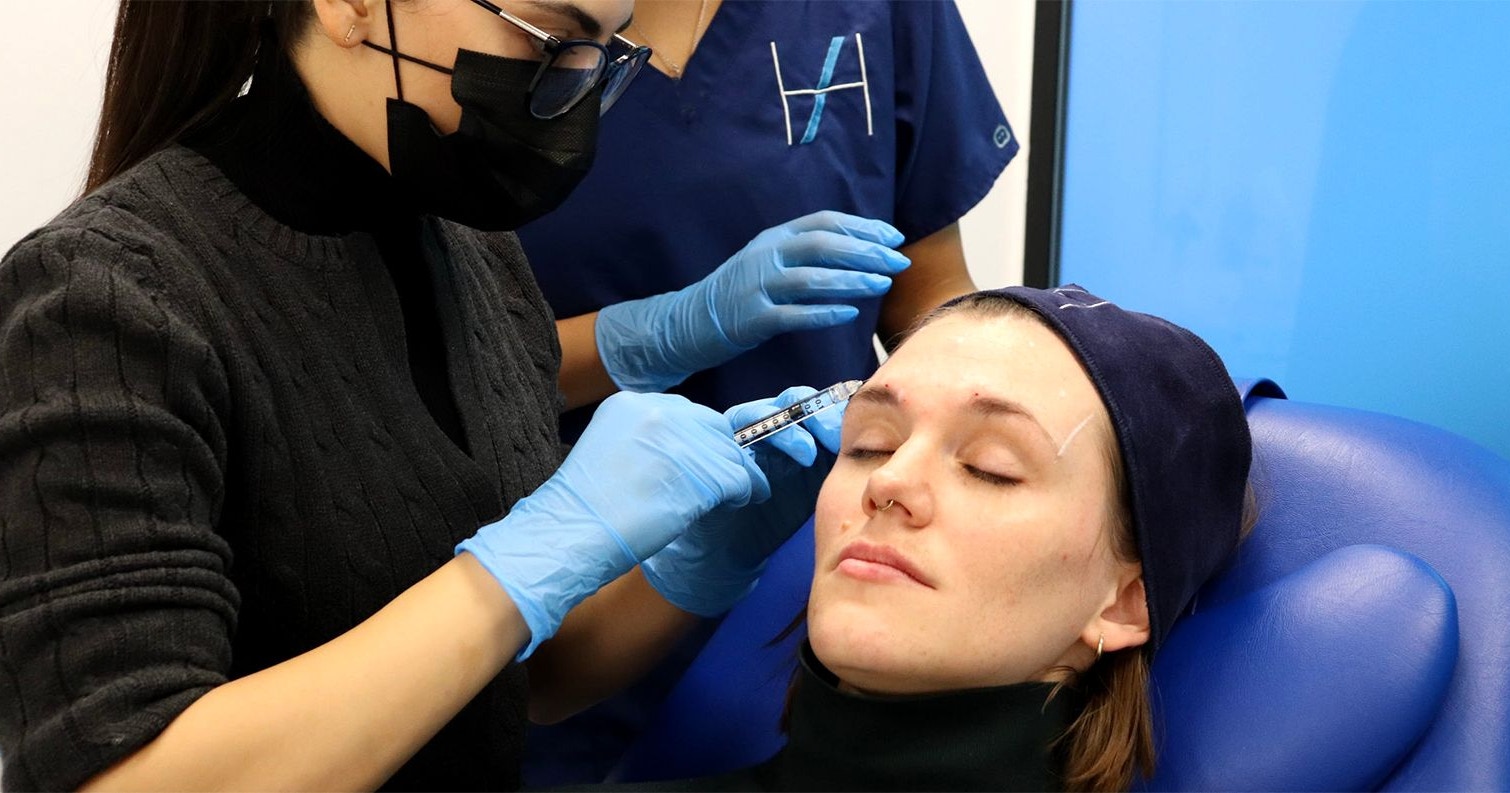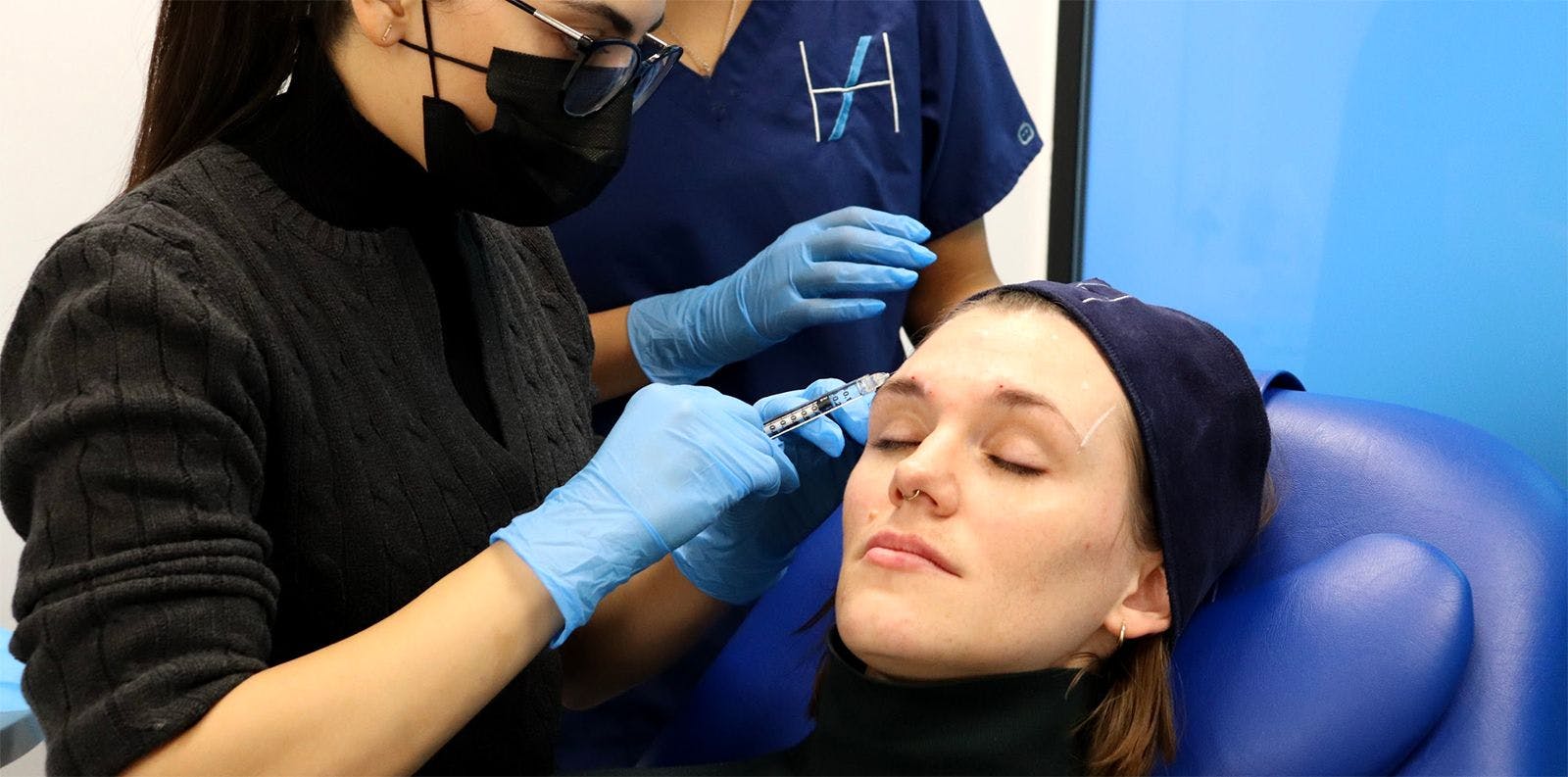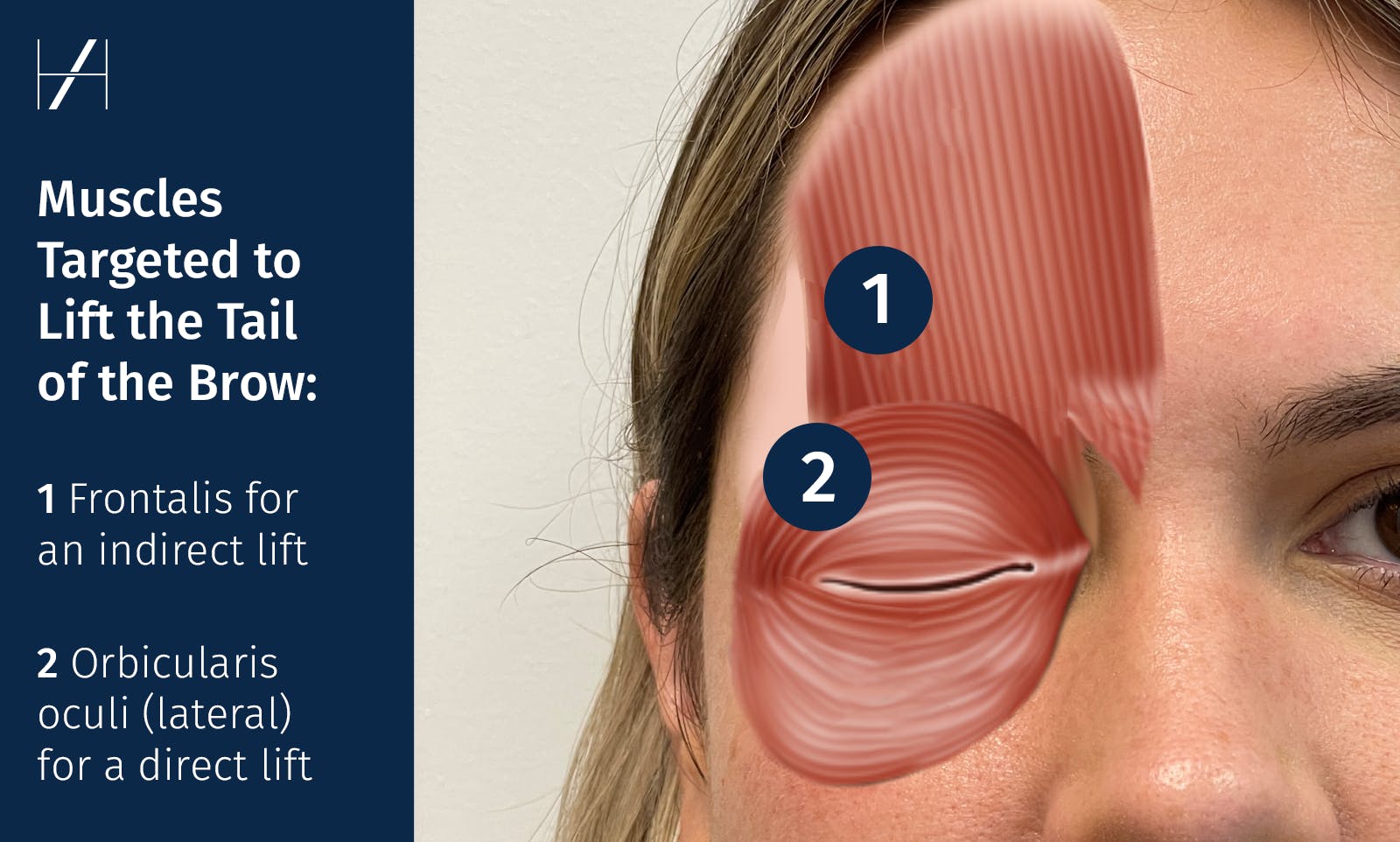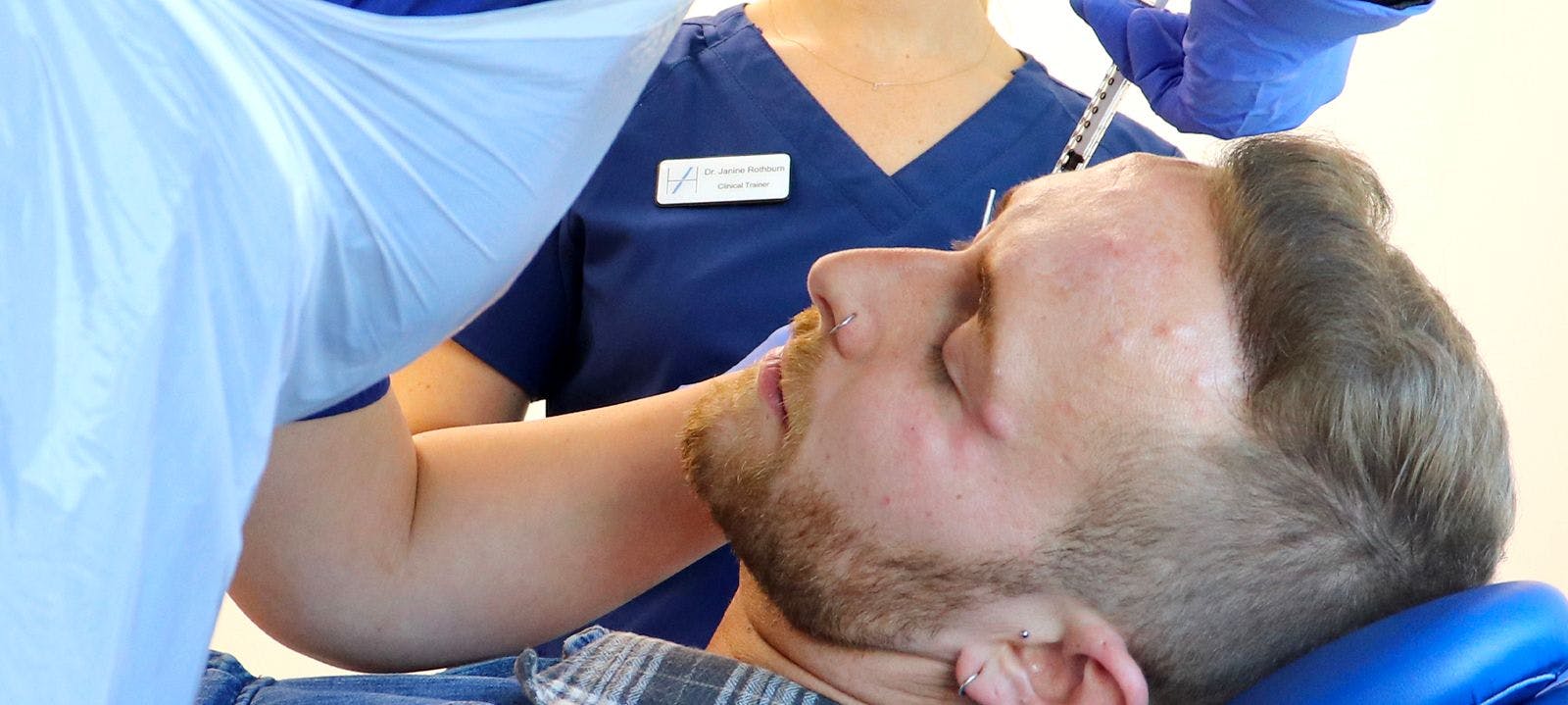How to lift the tail of the Brow with Botulinum Toxin

For patients who feel they look tired, it’s useful for injectors to learn how to lift the tail of the brow with botulinum toxin. This can create the illusion of a bright, open eye region.
Lifting the tail of the eyebrow is rarely an isolated request. However, by understanding how to do this by weakening muscles that depress the lateral brows, patients will see the benefit as the tail of the eyebrow appears lifted.
Here are some useful pointers for treating this area appropriately, safely and effectively. Please note you should use these in conjunction with your overall upper face toxin plan.

WHEN IT'S USEFUL TO LIFT THE TAIL OF THE BROW
This is usually for beautification purposes such as correcting asymmetry or making your patient look more awake and refreshed. However, it may also provide functional benefits such as reducing the appearance of hooded eyelids.
The exact effects and suitability will be determined by your individual patient’s anatomy and desired outcome.
When assessing your patient for this particular toxin treatment, a good candidate will...
- Have minimal hooding of the eyelids
- Wish to look more awake, refreshed or less tired
- Not be having treatment for significant forehead rhytides too, as this may drop the brow.

THE MUSCLES YOU NEED TO TARGET FOR LIFT IN THIS REGION
Lateral orbicularis oculi
Located at the outer edge of the eyebrow, this can be targeted for a direct tail lift.
Frontalis
Located in the forehead region, treatment can be manipulated for an indirect tail lift. This includes treating the medial region preferentially, compared to the lateral regions.
INJECTING TECHNIQUES FOR LIFTING THE TAIL OF THE BROW
The following injection techniques can be used when using botulinum toxin to lift the tail of the brow. They can be used in isolation, or together.
Direct Tail Lift
Inject small amounts of botox into the high point of the lateral orbicularis oculi muscle. As this muscle normally depresses, using toxin will make it lift. It’s important not to treat too medially, as toxin spread into the levator palpebrae superioris could cause eyelid ptosis.
Some practitioners will also use this to prevent lateral brow ptosis when treating the frontalis.
Indirect Tail Lift
If you don’t treat the lateral frontalis, or use a lesser dose compared with the medial aspects, you cause an intentional mephisto (or Spock), which lifts the tail of the brow. Make sure the patient is aware that the lateral forehead will, as a result, still move and cause dynamic wrinkles on expression.

AVOIDING CAUSING A MEPHISTO SIGN, AKA A SPOCK
One of the most common mistakes new aesthetics practitioners make when administering botox, is causing a mephisto. This involves excessive lifting of the lateral part of the eyebrow either symmetrically or asymmetrically.
It’s more commonly known as a Spock, or Spocking, after the Star Trek character, Dr Spock (pictured). However, you can use this principle to cause a lift of the tail of the brow. Just make sure it’s not too excessive.
A Spock is generally caused by under-treatment of the lateral frontalis muscle fibres. Avoid this by making sure your injection points relax both the lateral and the medial area of the muscle. You can also use this to cause a tail of eyebrow lift if you lessen the lateral dose, or not treat the lateral frontalis at all.
HOW TO CORRECT A SPOCK
If the worst happens, and the brow tail lift is too excessive, don’t panic! Usually you can correct a Spock by injecting 1-2 units of botox to the active lateral frontalis. This should relax the muscle, but be careful not to tip into causing a lateral brow ptosis by using too much.

BOTOX TRAINING FOR DOCTORS, DENTISTS AND NURSES
If you’re a doctor, dentist, nurse or midwife looking for hands-on botox training, check out our range of aesthetic medicine courses.
Whether you’re a novice looking to transfer your medical skills to aesthetics, or an experienced injector who wants to formalise your training with a regulated, Master’s level qualification, our team is here to help!
You can contact our Courses team via our chatbot, here on the website, or book a callback at a time that suits you. They’ll be happy to guide you through your options and answer any questions you may have, and set you on your way to becoming #HarleyTrained!
All information correct at the time of publication.
Download our full prospectus
Browse all our injectables, dermal fillers and cosmetic dermatology courses in one document
By submitting this form, you agree to receive marketing about our products, events, promotions and exclusive content. Consent is not a condition of purchase, and no purchase is necessary. Message frequency varies. View our Privacy Policy and Terms & Conditions
Attend our FREE open evening
If you're not sure which course is right for you, let us help
Join us online or in-person at our free open evening to learn more
Our Partners














STAY INFORMED
Sign up to receive industry news, careers advice, special offers and information on Harley Academy courses and services

